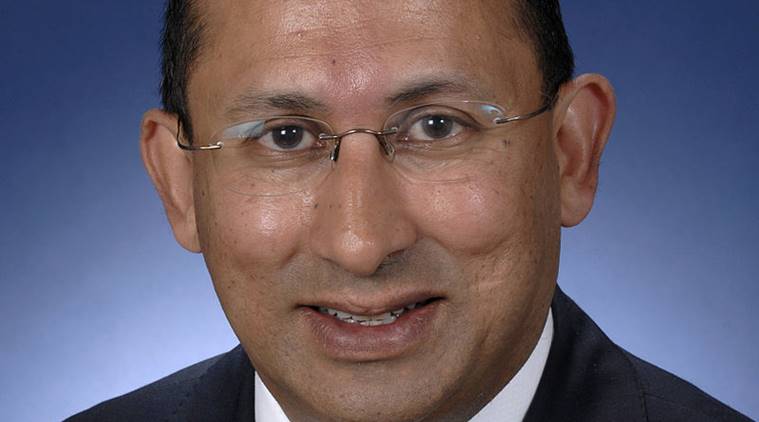 The report is authored by Peter Varghese AO, Chancellor of the University of Queensland and former Secretary of the Department of Foreign Affairs and Trade. (Source: dfat.gov.au)
The report is authored by Peter Varghese AO, Chancellor of the University of Queensland and former Secretary of the Department of Foreign Affairs and Trade. (Source: dfat.gov.au)
India will be the single largest growth opportunity for Australia in the next 20 years, according to the ‘India Economic Strategy to 2035: Navigating from Potential to Delivery’ report released on Thursday. The report is authored by Peter Varghese AO, Chancellor of the University of Queensland and former Secretary of the Department of Foreign Affairs and Trade.
“The report judges that no single market over the next 20 years will offer more growth opportunities for Australia than India. By 2035, India will overtake China as the world’s most populous country. It is poised to become the third largest economy, after China and the United States,” Australian Minister for Trade, Tourism and Investment, Steven Ciobo MP said in a statement.
He said the Turnbull government commissioned the report to provide a roadmap for unlocking the opportunities that will help India and Australia grow together. “It is about cementing India as a priority economic partner.”
The report by Varghese, who also served as Australia’s high commissioner to India, identifies ten sectors where Australia’s competitive advantages match India’s needs, and ten states in India where we should focus efforts. The sectors have been divided into the flagship education sector, lead sectors of agribusiness, resources and tourism as well as promising sectors like energy, health, financial services, infrastructure, sport, science and innovation.
Calling for more focus on the states, the report says “India is best seen not as a single economy but as an aggregation of very different state economies, each growing at different rates, driven by different strengths, led in different ways and likely to continue to be uneven in their progress”. The ten states selected are Maharashtra, Gujarat, Karnataka, Tamil Nadu, Andhra Pradesh, Telangana, West Bengal, Punjab, the National Capital Region of Delhi and Uttar Pradesh.
The full report is available here: http://dfat.gov.au/geo/india/ies/index.html